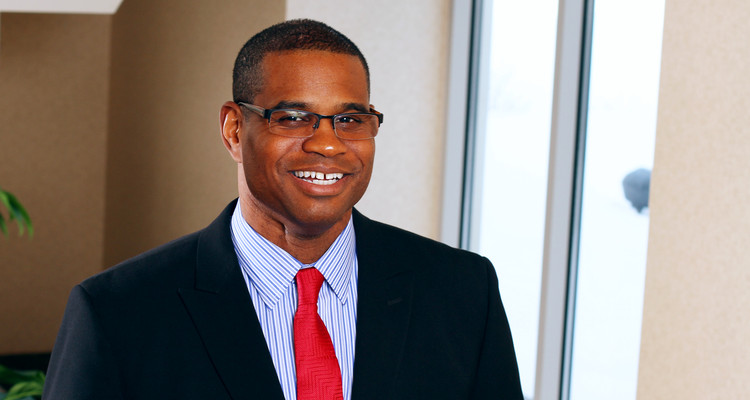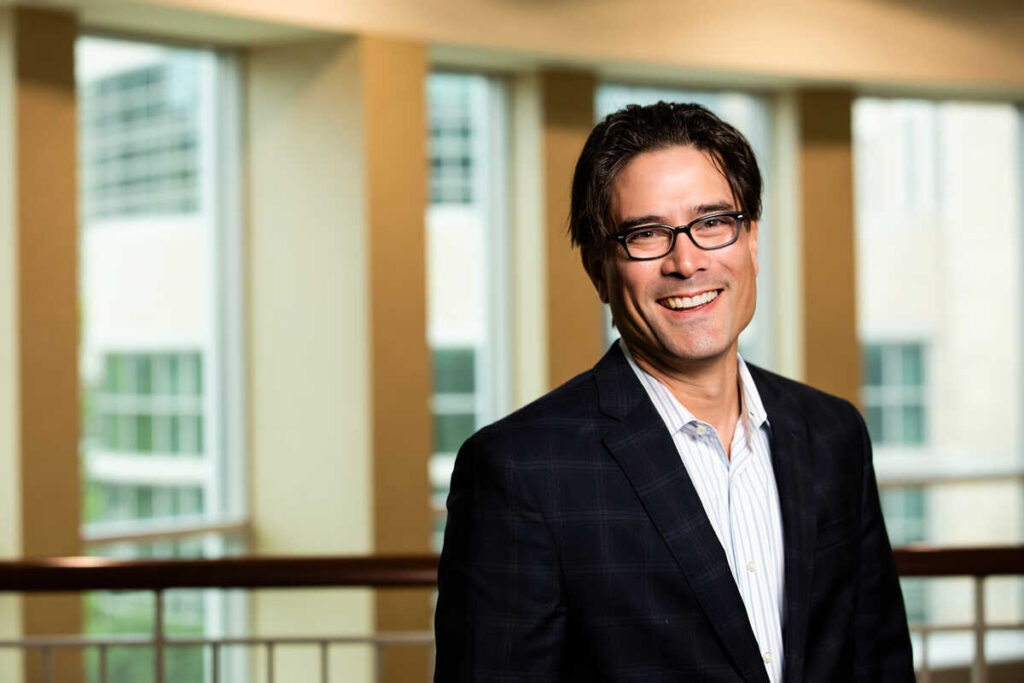Michael DeVaughn, Ph.D., associate professor in the Department of Management, focuses his research on organizational learning and entrepreneurship. He is particularly interested in the role that different professional experiences among founding team members can play in the health and success of newly-formed firms. We asked him some questions about his work based on his paper, written with Myleen M. Leery, “Antecedents of Failure for Newly Chartered Banks in the U.S. Banking Industry,” published in the journal Group and Organization Management.
Your research examines the characteristics and experiences of founding teams of newly-chartered banks in Florida, looking for factors that could determine whether or not a firm would later experience what you refer to as "organizational distress." What does this term mean and why is it important?
First, I’ll address the question on why this study was set in Florida. For about a 15 year period leading up to the financial crisis in 2008, the state of Florida chartered more banks than any other state in the country. So it was a case of “fishing where the fish are.”
About organizational distress – my co-author, Myleen Leary at Montana State University, and I coined this term to describe the state of generally poor financial health that banks find themselves in before they actually fall into failure. It would be highly unusual for a bank, or any firm for that matter, to go from being a healthy, well-functioning institution in one reporting period to an immediate failure in the next.Organizational distress is important because it might allow us to identify which firms will likely headed toward failure.
One of the leading factors you identified that can determine success or failure had to do with shareholding - the more founding team members who had an ownership stake in the bank, the less likely that bank was to experience organizational distress. Why would that be the case? Did you identify a point at which there were too many shareholders?
Academic research on corporate governance tells us that having a large number of shareholders, owners who hold more than five percent of the firm’s equity, typically leads to better firm performance. The logic is that five percent represents a sufficiently large enough financial stake for owners to pay close attention to what’s going on in the firm and to take action if they’re unhappy with the performance, since the relative size of their stake gives them the power to do so.
While some studies have suggested that there may be diminishing returns if there are too many large block holders, we did not find such an effect. We found that having as many as nine large block holders on a founding team of ten still resulted in the bank avoiding organizational distress.
You also looked at various levels of experience these founding teams brought to the new banks, including prior banking industry experience, prior experience founding a company, the amount of shared experience team members had together and occupational experience. If you had to identify one, which type of experience is often most valuable when it comes to the success of a new firm?
Like other studies, we found that prior shared experience, the experience that founders had working together at a previous financial institution prior to the launch their new venture, was valuable. However, we found that prior shared experience was only meaningful in reducing the likelihood of organizational distress when at least one of the members who had prior shared experience also had prior founding experience. That is, a subset of the founding team had to work together at a previous bank and someone in the subset had to also have experience working for a prior start-up bank in order to reduce the chances of organizational distress at the current new venture.
One interesting thing we found is that the total number of years of collective experience (the sum total of the years that each of the founders had worked in the banking industry), by itself, was not a significant factor in reducing the likelihood of organizational distress. I think this finding runs counter to perceptions held by both bankers and regulators. For example, if you read the typical press announcement when a new bank opens, it often refers to the total collective years of industry experience that the founders have. This leaves the reader with the impression that such experience will be helpful in setting the new bank on a successful trajectory, which is not necessarily true.
Your research may help firms and companies develop early warning systems that would indicated if their organization was headed into organizational distress or even failure. Can you describe how such a system might work or be implemented?
First, it’s important to keep in mind that we studied early-stage banks, so our recommendations will be most useful for firms in this particular stage. Given this, at the launch of a new bank, I would suggest that we could develop a score card of key financial variables to closely monitor since we know that some banks might be prone to organizational distress because of certain pre-launch characteristics that we identified in our study. I would argue that banks with these characteristics should get extra attention above and beyond that of normal start-up banks.
You state in your paper that your findings could apply to any new or early-stage firm, particularly industries that are highly regulated. What would be the one takeaway you would want someone who was involved in such a start-up to take from reading your research?
As I mentioned earlier, prior shared experience proved to be important in predicting which firms fell into organizational distress. If you take a step back to look at this, we are really talking about the importance of relationships among founders. This is consistent with what venture capitalists also tell us – that the founding team is as important, if not more so, as the product or service that a firm intends to sell.
To underscore this point, after launching an investigation into why a recently launched community bank in South Florida failed in just five short years, bank regulators determined that ‘squabbling’ among the founders played a critical role in the ultimate downfall of the bank.







